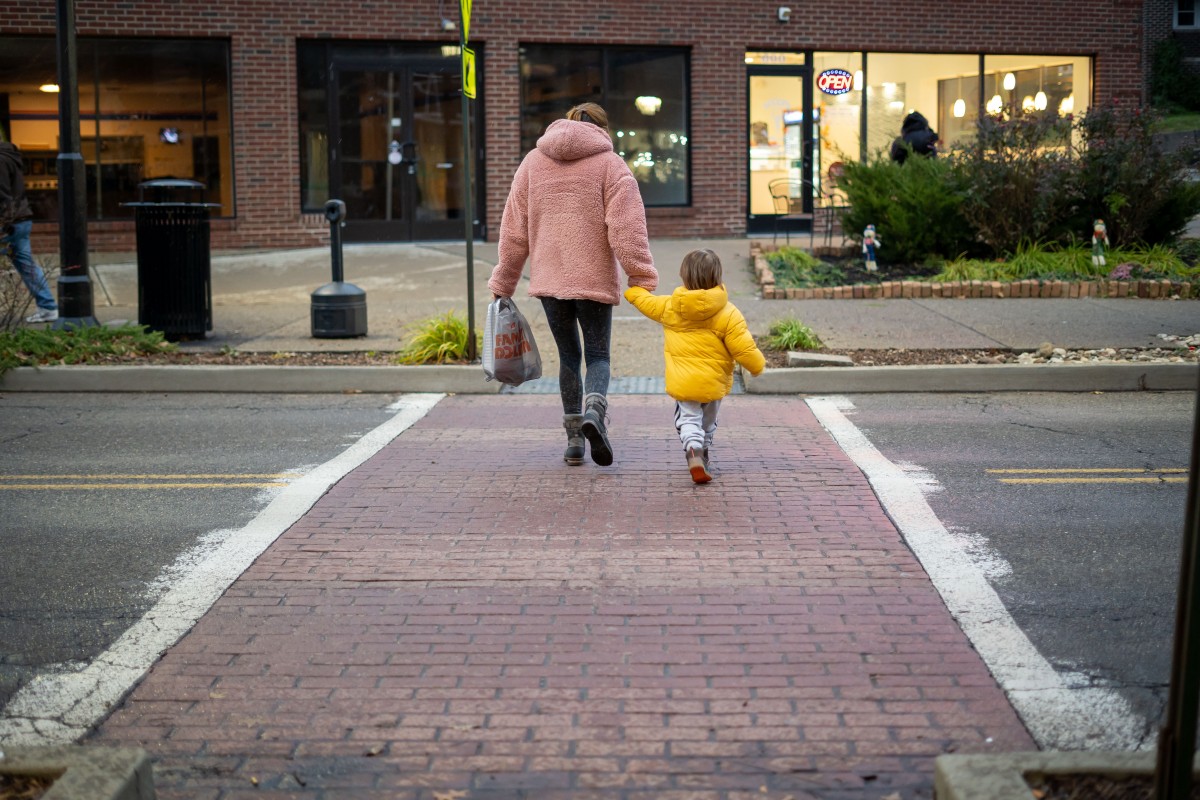As financial aid for hospitals begins to be deployed across the country, some of the rural administrators worry it’s only a temporary fix, not a long term solution.
Across the country, hospitals are seeing their share of more than $100 billion in federal stimulus money show up in their bank accounts. As funding from other sources of revenue dries up, rural hospitals, many already in financial trouble, wait and wonder whether federal funding will be enough to keep their doors open.
According to the U.S. Department of Health and Human Services (HHS), $30 billion in federal funding has already been deposited into the bank accounts of hospitals. Part of the Coronavirus Aid, Relief and Economic Security (CARES) Act passed on March 27, the first deposits were allocated to hospitals based on the total amount of Medicare reimbursements they received for services.
Don Lloyd, CEO of St. Claire Regional Medical Center, which serves eight counties in northeastern Kentucky, said he estimates the funding his institution will receive will almost cover his bi-weekly payroll.
“It won’t be enough to get us through this summer, that’s for sure,” Lloyd said. “We’re very, very grateful for it. And in order to get it out the door, I think that was the methodology they had to use to get it to the institutions very quickly.”
For his institution, he said, the amount equaled about $3 million. His bi-weekly payroll, he said, is $3.2 million.
“I want to be really clear, we’re extremely grateful for the assistance the government has provided to us, but for many institutions… It’s a Band-Aid to get you through the next pay period.”
Lloyd said his hospital has about 60-days’ worth of operating funds available before having to tap into reserves. But to get to that financial position, he said, his hospital has furloughed some staff as well as cancelled some contracts with vendors.
The hospital now handles things like food service, cleaning and landscaping in-house. The cuts have even affected some information technology and informatics contracts.
“Some of those systems were somewhat redundant,” he said. “But we’re learning to do without them. We might have to write some of our reports instead of having a piece of software do it for us, but we’re managing.”
Lloyd said St. Claire’s has not seen many COVID-19 positive patients. In its coverage area, less than 25 have tested positive for the disease, while in Rowan County, where St. Claire’s main hospital is located, only three patients have tested positive.
According to the National Rural Hospital Association, for most rural hospitals the funding was an important part of keeping their doors open.
“The Covid-19 pandemic has spread to more than 1,000 rural communities. At the same time, hundreds of rural hospitals, rural health clinics, and small physician practices are on the verge of closure. The loss of revenue over the last several weeks due to the inability to provide non-emergency care is destabilizing core primary health care services in rural America,” the organization said in a statement.
The organization said the funding is essential. Nearly half of all rural providers were operating at a financial loss, and many face staff cuts, services cuts and/or closure, the organization said.
On April 20, a report by Guidehouse showed that one in four rural hospitals is at high risk of closing unless their financial situations improve. Studying publicly available data gathered before the COVID-19 pandemic, the report found 354 rural hospitals in 40 states that are at-risk of closure. Of those, 81 percent are considered highly essential to their communities.
“Rural hospitals are not only essential to the health and wellness of nearby residents, they are often a rural county’s largest employer and a crucial economic link for other local businesses and job creators,” Dave Mosley, a partner at Guidehouse said.
“It was already troubling that the economic outlook for rural hospitals deteriorated during the longest period of uninterrupted economic growth our country has ever experienced. A major crisis like the Covid-19 pandemic or any significant economic downturn is likely to make the situation even more dire.”
According to HHS Secretary Alex Azar, the second round of funding, $10 billion from the CARES Act will “go to the approximately 2,000 rural hospitals across the country, including their 1,100 affiliated Rural Health Clinics, and to the more than 1,300 freestanding Rural Health Clinics.”
The distribution of the funds will be determined by operating expenses, the department said on April 21. An additional $400 million will also be sent to Indian Health Services, also based on operating expenses.
“Our goal in all of the decisions we’re making is to get the money from the Provider Relief Fund out the door as quickly as possible while targeting it to those suffering the most from the pandemic. We will continue using every regulatory and payment flexibility we have to help providers continue doing their vital work until we’ve defeated this virus,” said HHS Secretary Alex Azar in a statement.
The funding comes at a time when hospitals are struggling to stay open, despite expected increases in patient visits for the coronavirus.
In West Virginia and Ohio, three rural hospitals – Fairmont Regional Medical Center in Marion County; Ohio Valley Medical Center in Wheeling, West Virginia, and East Ohio Regional Medical Center in Martin’s Ferry, Ohio – have all closed in the midst of the COVID-19 pandemic.
On the other side of the country in Washington state, the Washington Hospital Association’s Jacqueline Barton, VP of rural health programs, said it’s still too early to tell what the additional $10 billion in rural hospital funding will do.
“The short answer is we don’t know because we haven’t seen the amounts yet,” she said in an interview on April 24. “The first $30 billion did go out and that was definitely a band-aid. For some places that was maybe two weeks operating income? So, it’s certainly helpful and you appreciate it, but it’s not enough to get it done. This next $20 billion, from what I’m hearing is going to balance some of that … so that those who didn’t get much the first time will get more then next time.”
“It’s so hard to know what $10 billion does nationwide at this point,” Barton added. “The depth of the hurt in terms of the financial impact on our rural hospitals is huge. And so, I think it’s going to be very helpful, I suspect that rural-only money will be very helpful. But, the question for us also becomes, ‘How long is this going to go on?’”
Barton said she feels like the help from the federal government will stop the bleeding temporarily, but won’t heal the cuts.
On Thursday, April 23, Congress passed a second $484 billion stimulus package that included $75 billion more for hospitals. This second relief package would provide funding to hospitals and health care providers who treat COVID-19, as well as reimburse them for lost revenue and public health services for the uninsured that have been infected.
But even there, some critics said the funding formulas would not help many rural hospitals.
According to the Kaiser Family Foundation, the Trump administration’s desire to cover uninsured patients’ coronavirus treatments would likely disproportionately help Republican-led states that did not expand their Medicaid programs under the Obama administration’s rollout of the Affordable Care Act. And for rural hospitals that cut back services waiting for a swell of COVID-19 patients (coincidentally cutting off their primary funding source), no funding would be provided for patients that never came.
This second stimulus package directs that the funds be made available within 30 days of the bill’s enactment, which would be May 24.
This article was originally published by the Daily Yonder.



